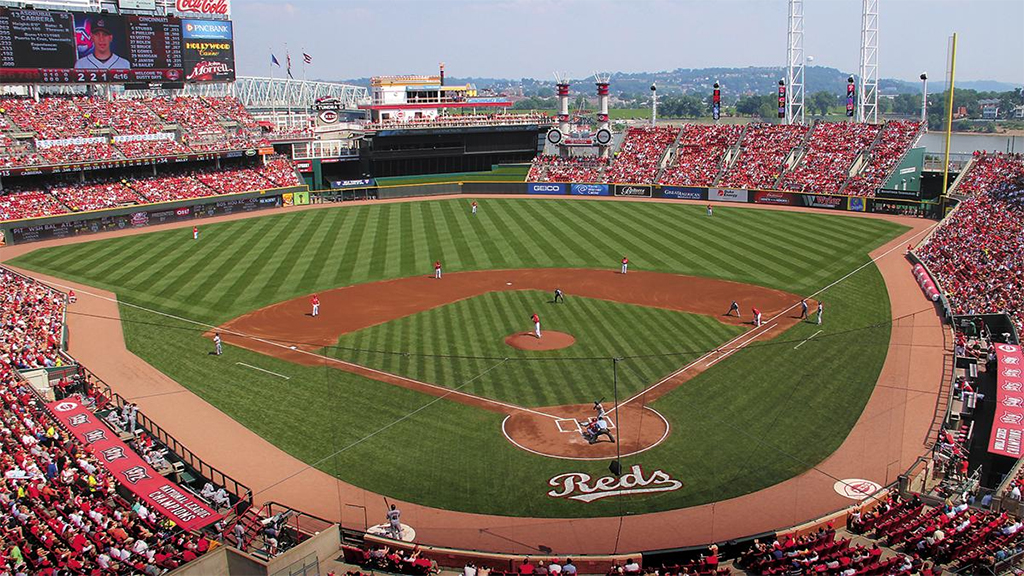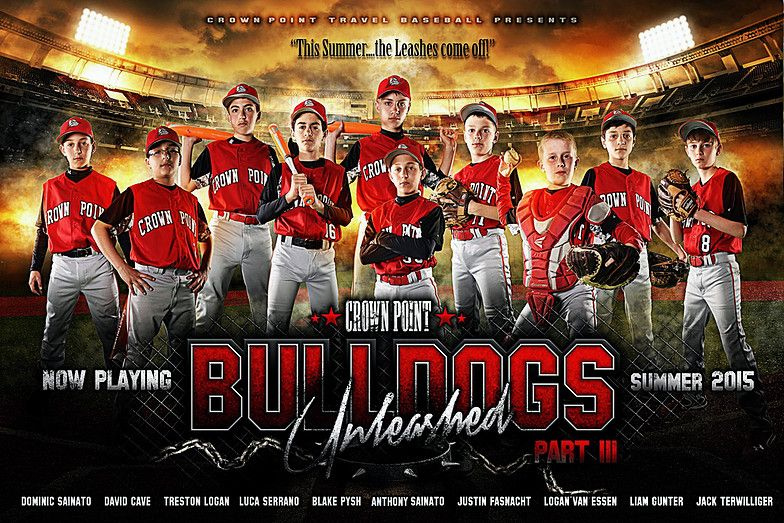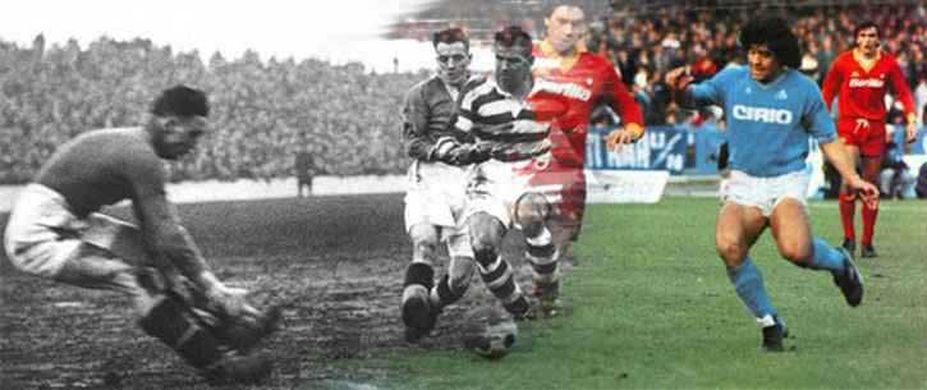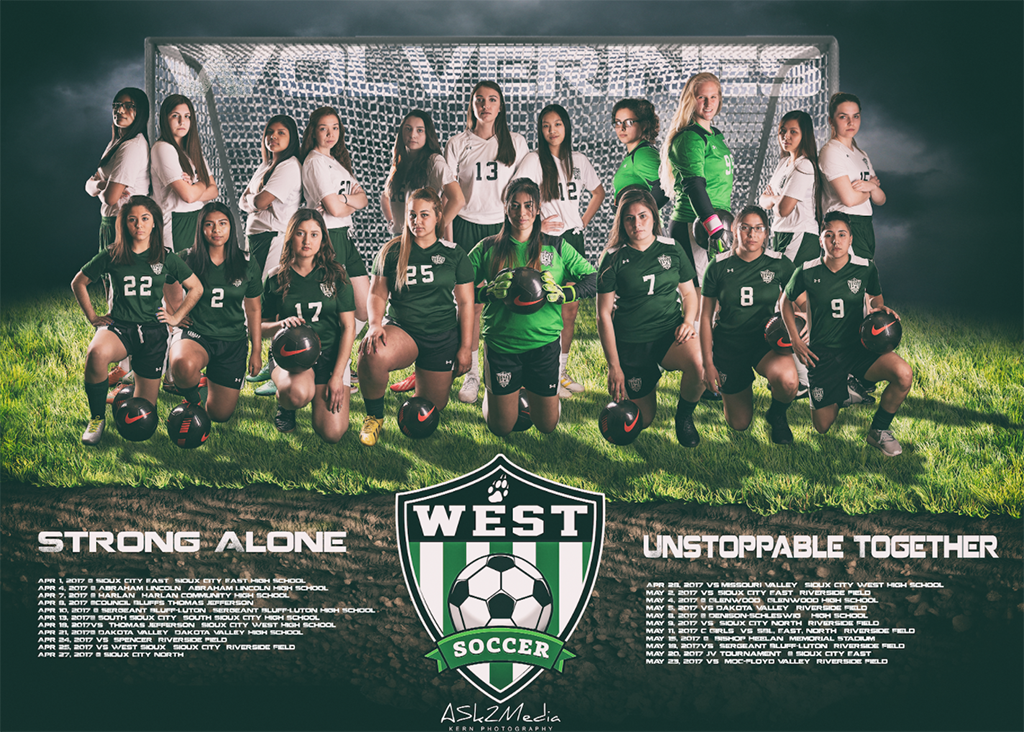Basketball is more than just a sport; it’s a way of life for many passionate supporters around the world. From cheering for their favorite teams to dressing up in team gear, fans love to showcase their dedication and support. One of the most popular ways to do this is by wearing basketball-themed shirts. While traditional team jerseys are always in style, dynamic shirt designs have taken the basketball fan community by storm. These designs not only capture the essence of the game but also provide a unique and stylish way for fans to express their love for basketball.
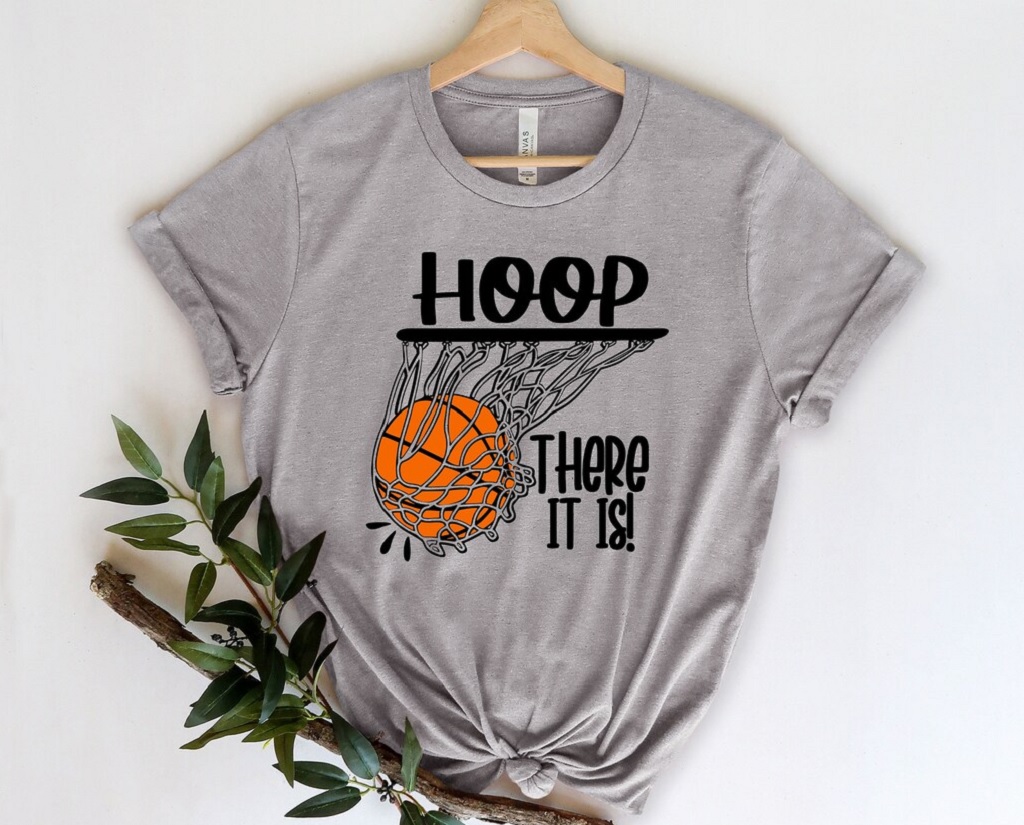
Exploring the Power and Passion of Basketball
At its core, basketball is a game of movement and skill. The sheer physicality and agility required to navigate the court, dribble the ball, and execute precise shots make it an awe-inspiring spectacle. From the lightning-fast crossovers to gravity-defying dunks, the athleticism displayed by basketball players is a testament to the potential of the human body.
What sets basketball apart from other sports is its ability to bring people together. Regardless of age, gender, or background, basketball has a universal appeal. From the pickup games on inner-city courts to the prestigious professional leagues, basketball fosters a sense of community and camaraderie. It provides a platform for individuals to connect, share experiences, and form lifelong friendships.
One of the most compelling aspects of basketball is its ability to inspire and empower. From humble beginnings to the grandest stages, basketball has been a vehicle for individuals to overcome obstacles, break barriers, and achieve greatness. Many basketball players have become iconic figures, celebrated not only for their on-court accomplishments but also for their off-court contributions to society.
Trendy Shirt Ideas for Die-Hard Hoops Fans
In recent years, there has been a surge in creativity when it comes to basketball shirt designs. Graphic designers and artists have come up with innovative concepts that incorporate elements of the game, team logos, and player imagery into eye-catching designs. These dynamic shirt designs go beyond the simple team logo on the front and player names on the back. They embrace the spirit of the game and offer fans an opportunity to stand out from the crowd.

